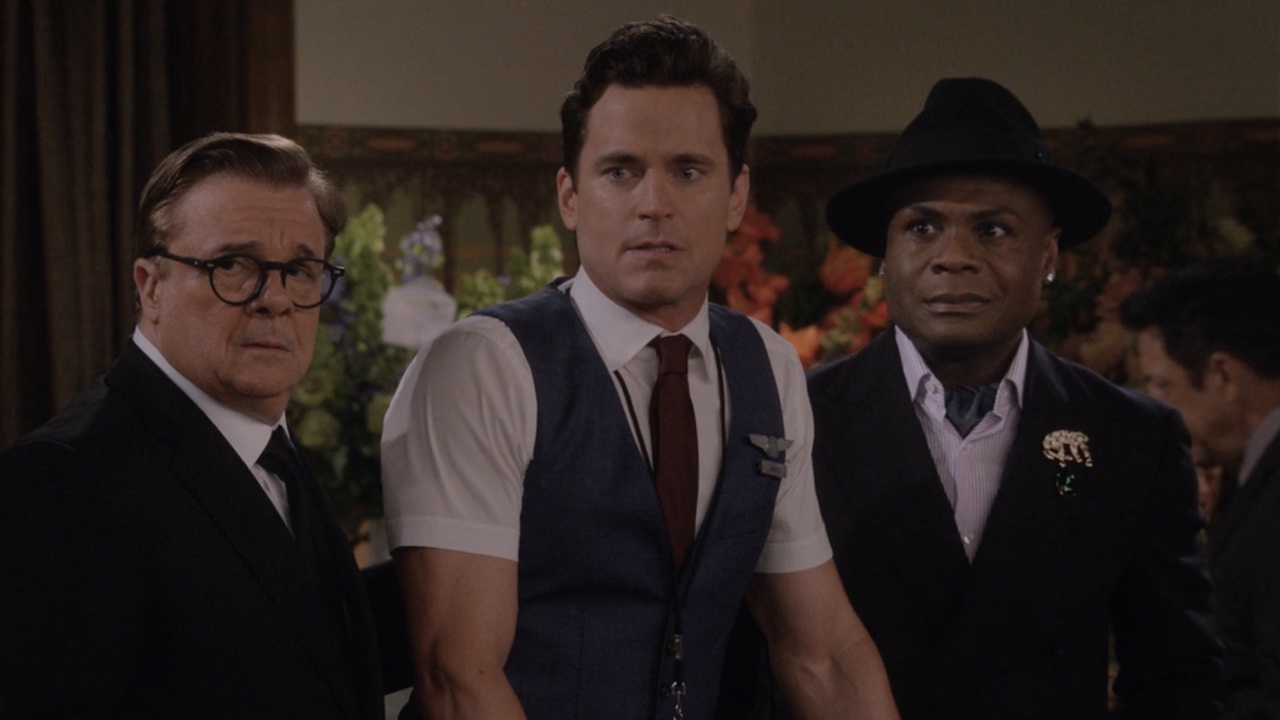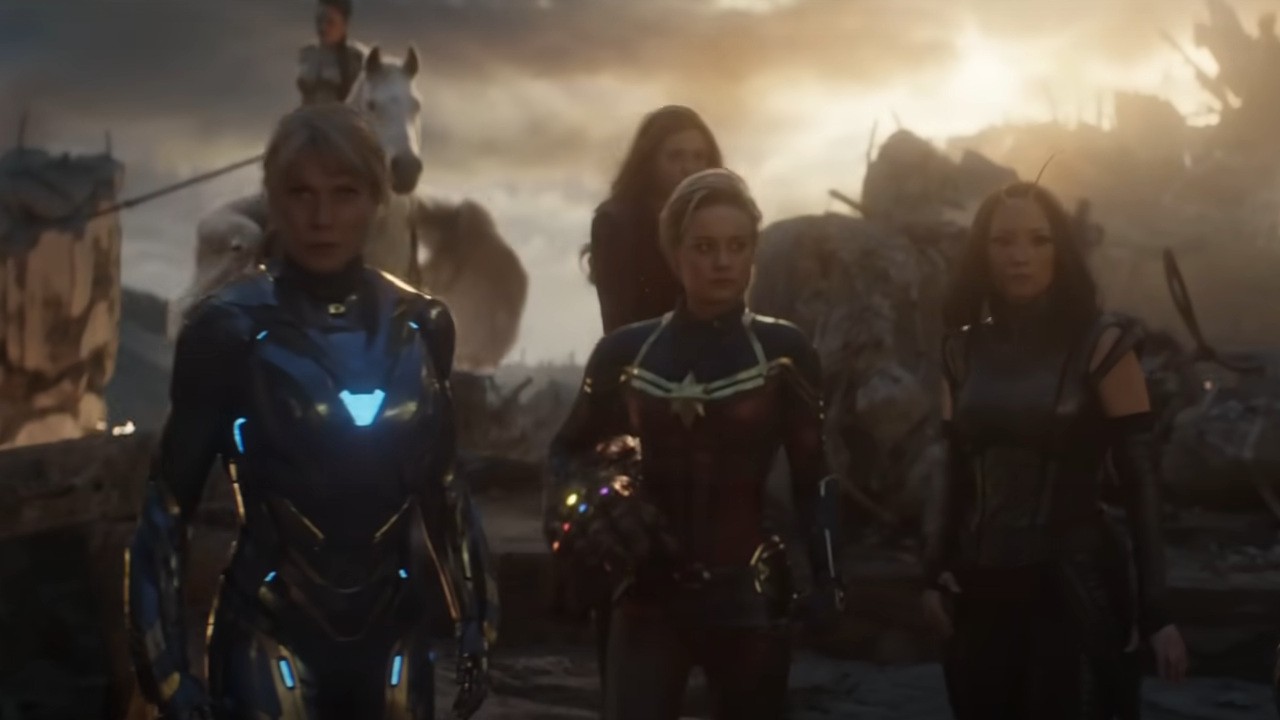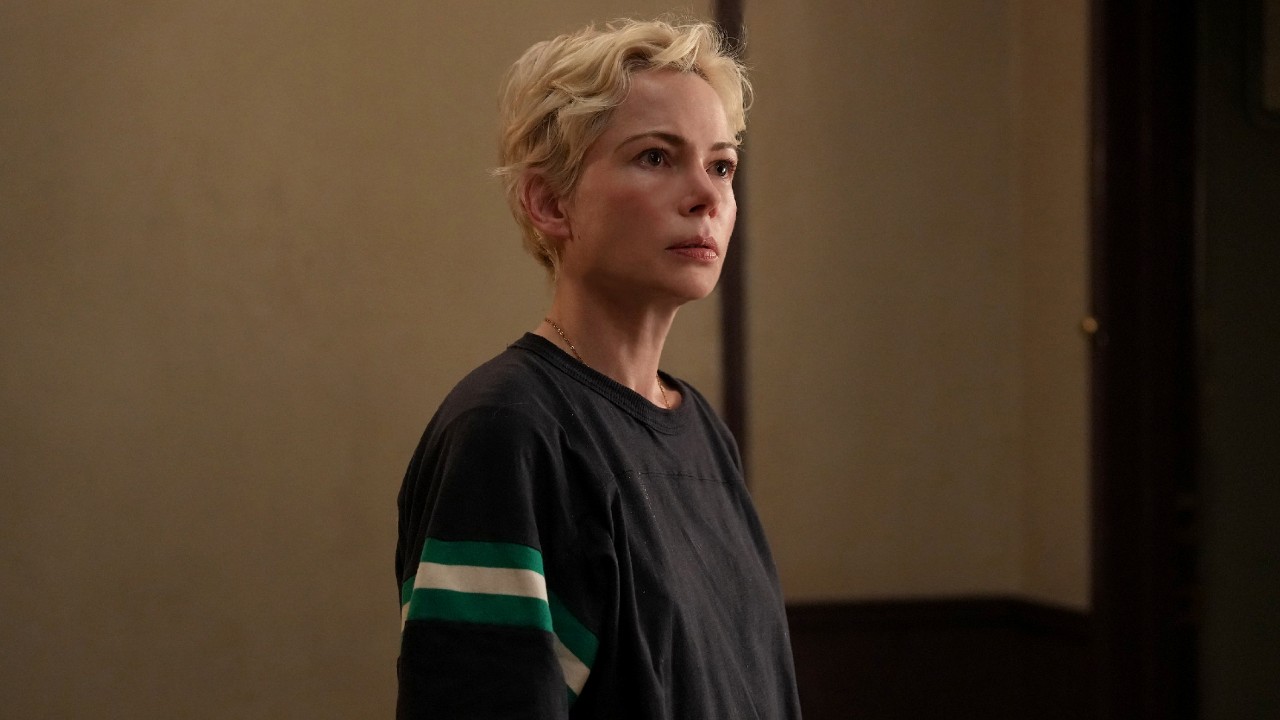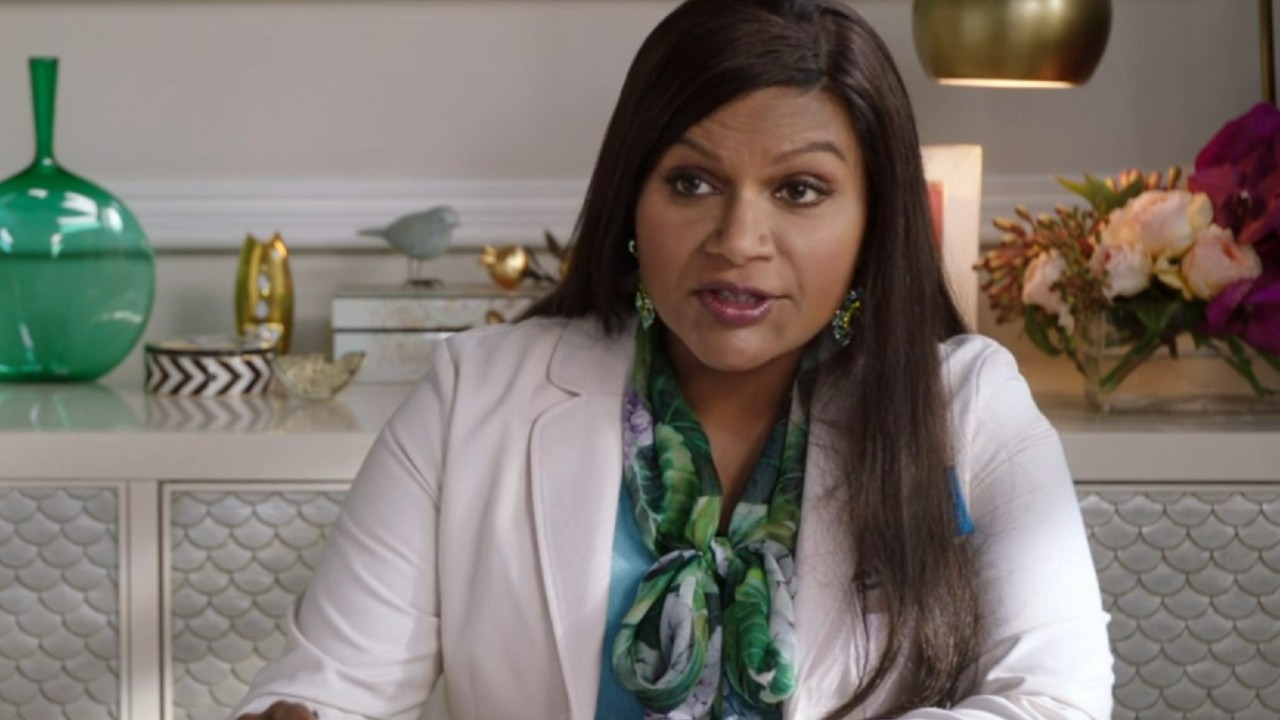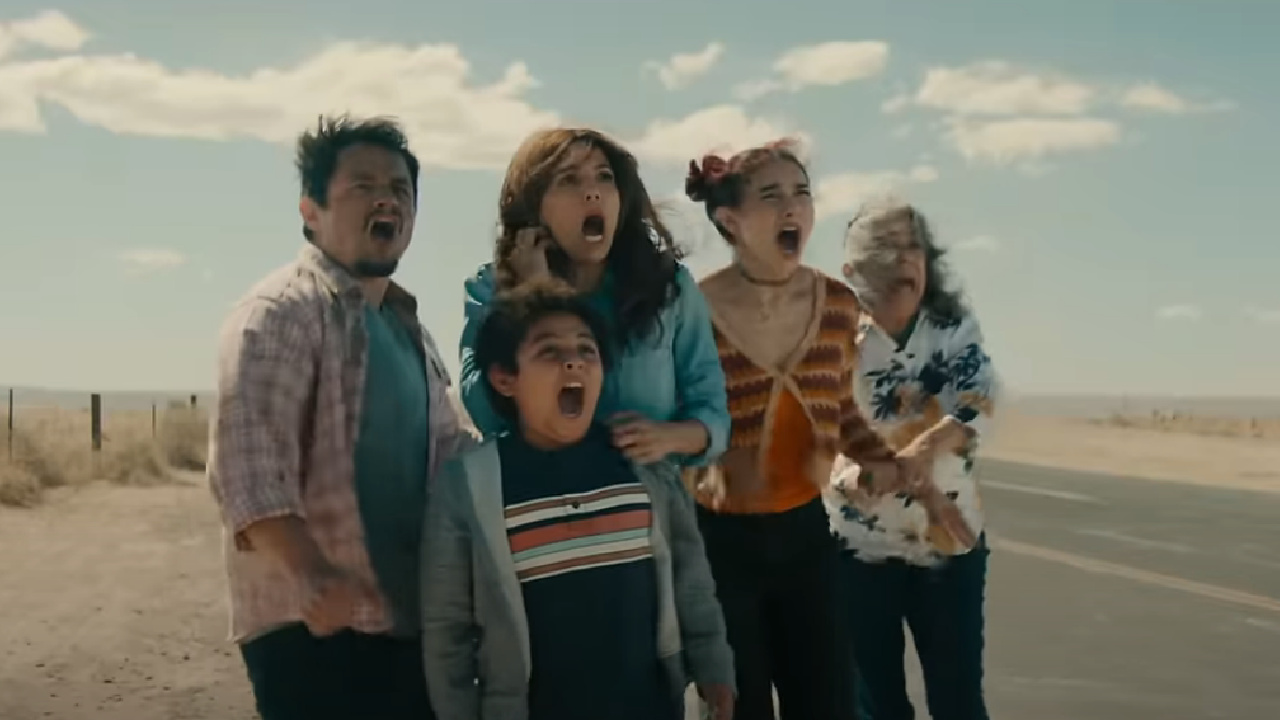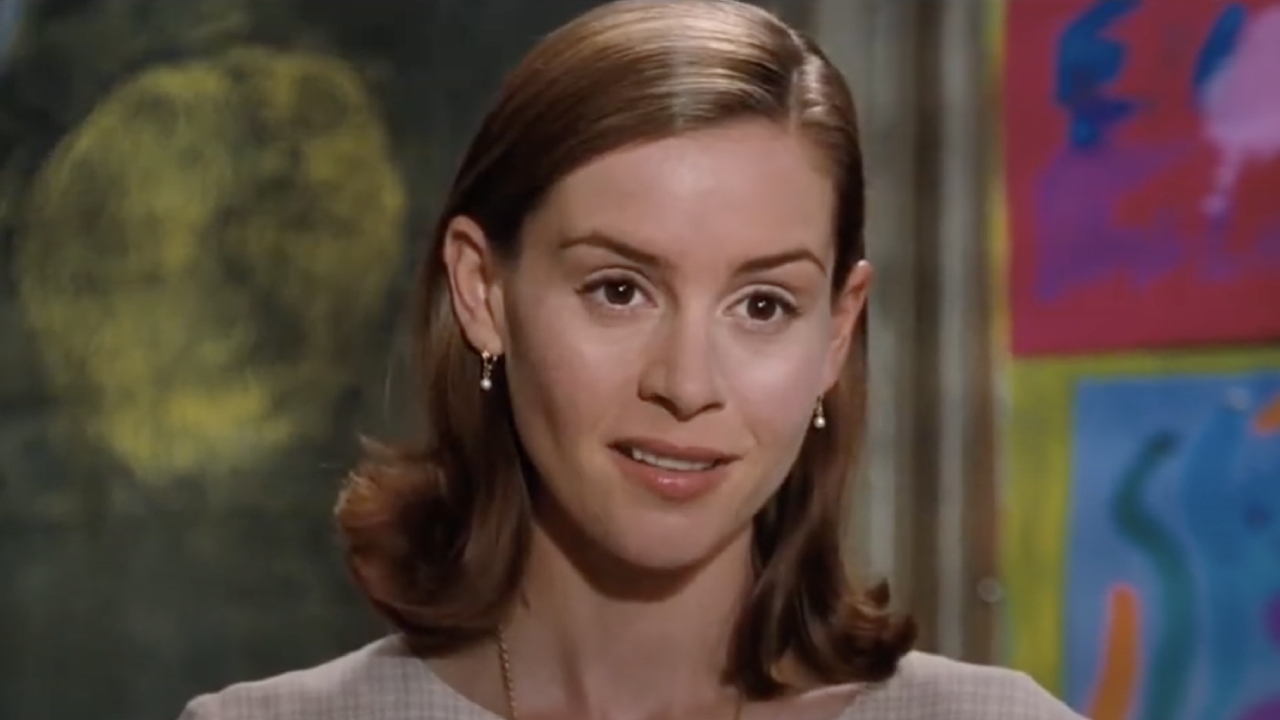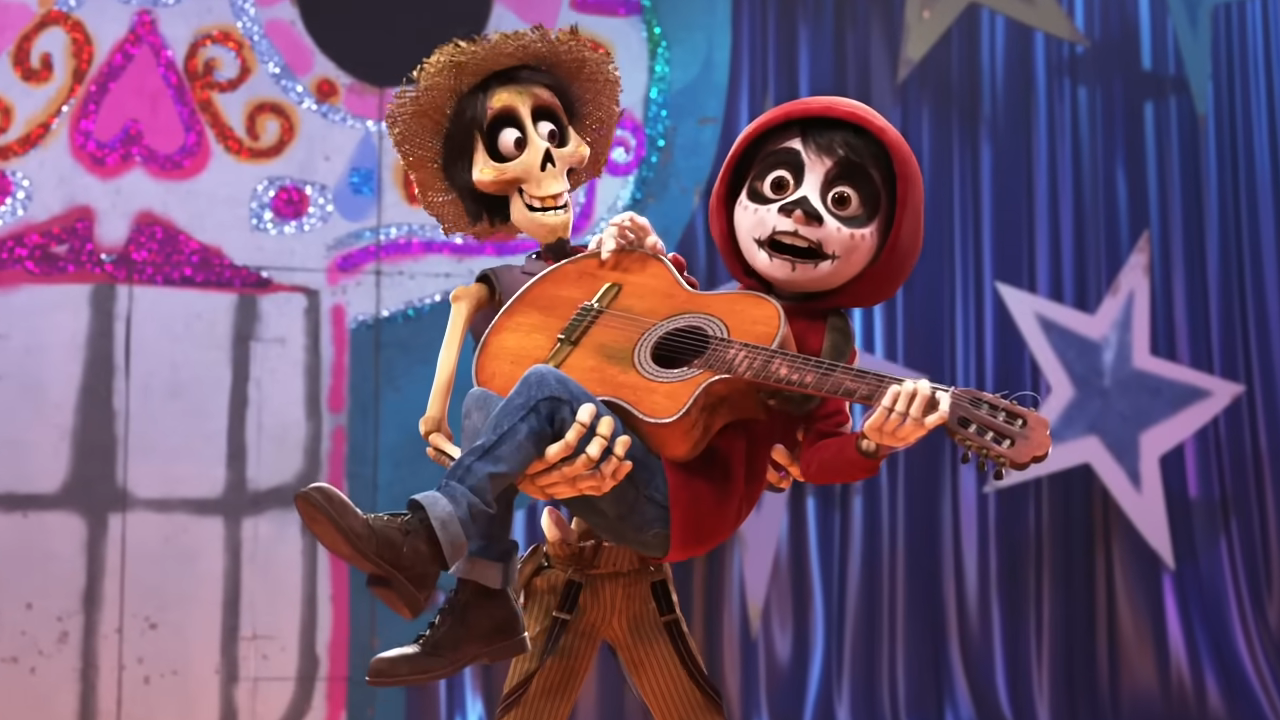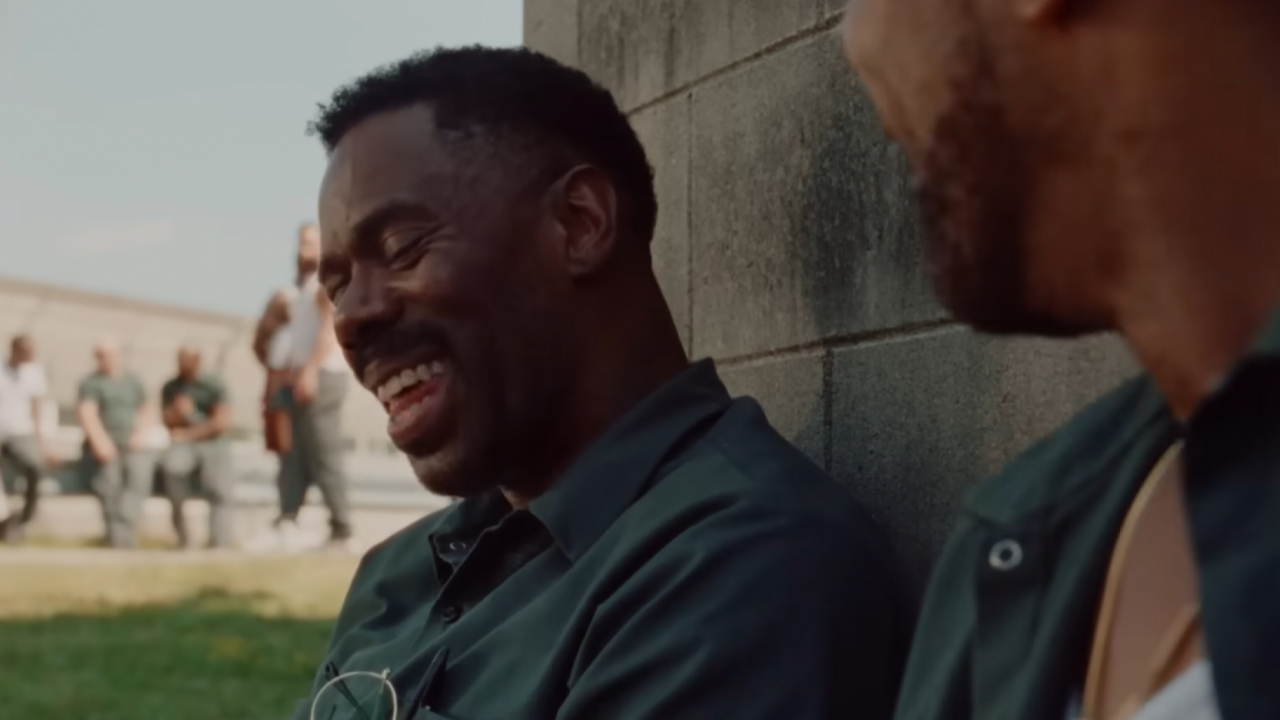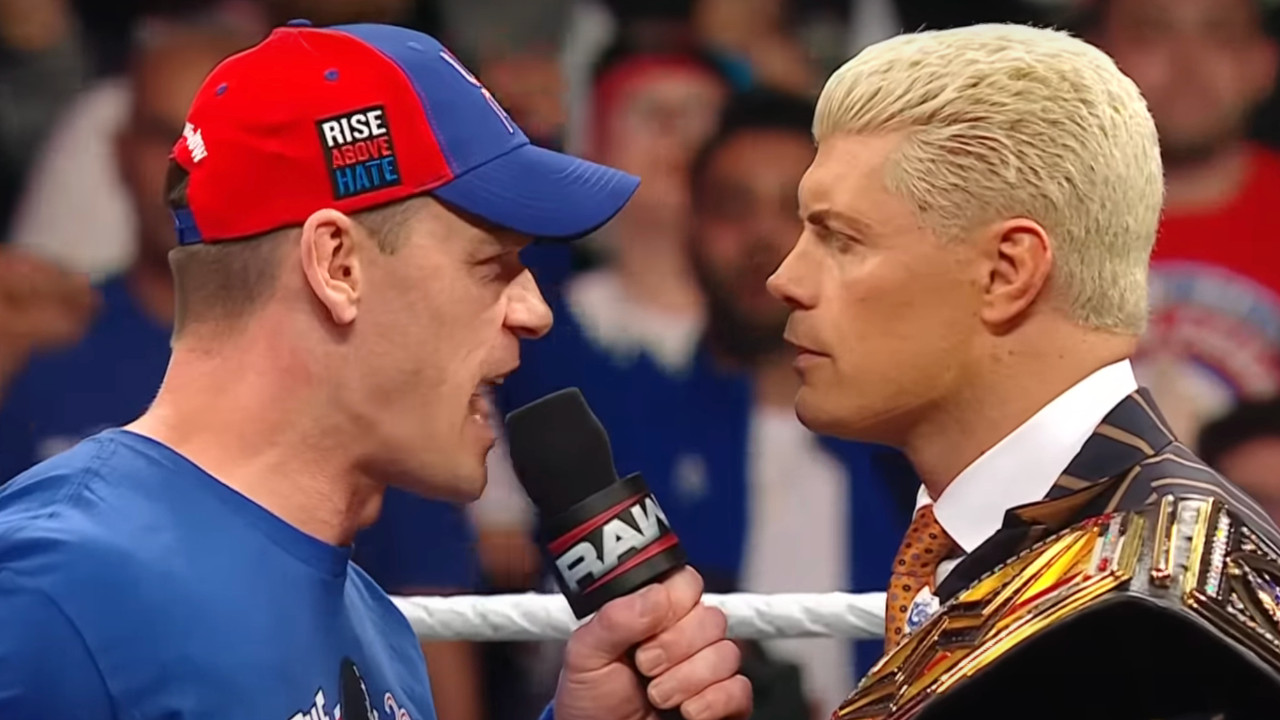Why Mishima: A Life In Four Chapters Is The Greatest Biopic About A Writer I've Ever Seen
There are movies about writers, and then there is Mishima: A Life in Four Chapters.
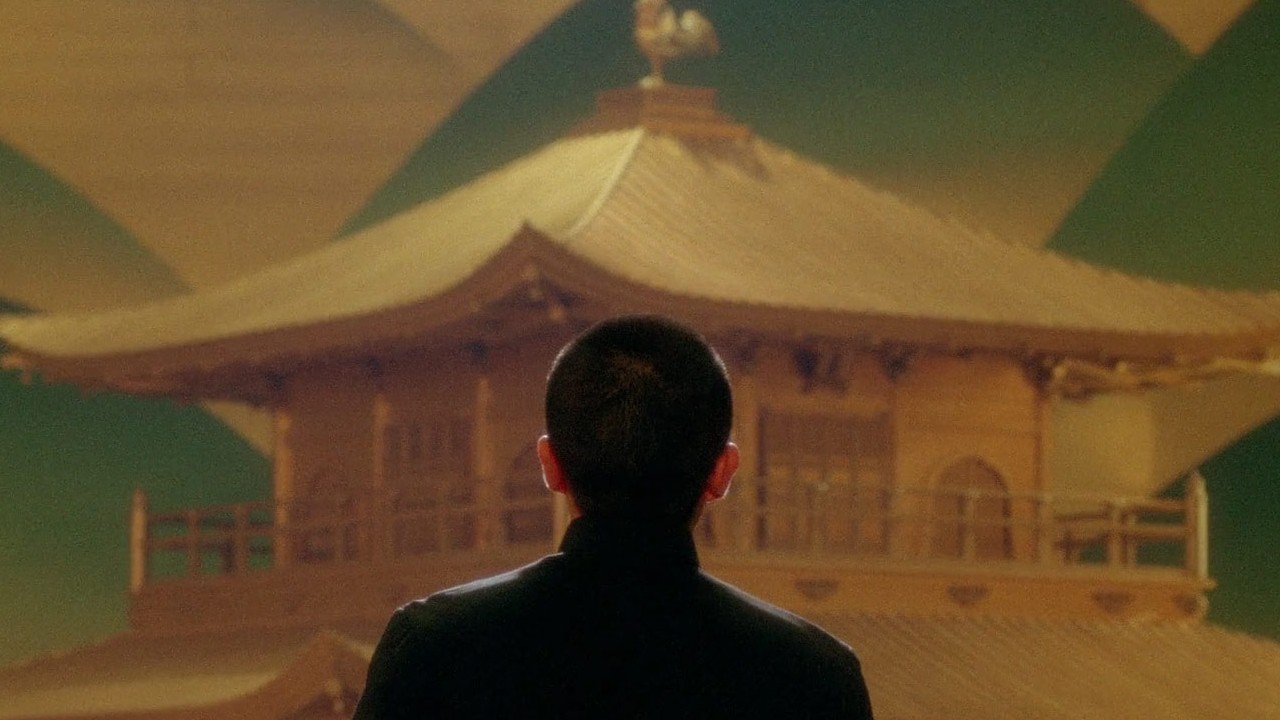
I’m a writer. I mean, duh. I’m writing this article, aren’t I? But, outside of penning articles, I also write novels.
And, as a novelist, I love watching movies about us. I’ve seen some great ones over the years, like Adaptation (which is my favorite Charlie Kaufman movie), The End of the Tour, Capote, etc. But, when it comes to what I think is the greatest movie about a writer that I’ve ever seen, I have to go with Paul Schrader’s 1985 biopic, Mishima: A Life in Four Chapters.
Chronicling the life of Japanese author, Yukio Mishima, A Life in Four Chapters is unlike any other biopic that you’ve likely ever seen, and I need to talk about it.
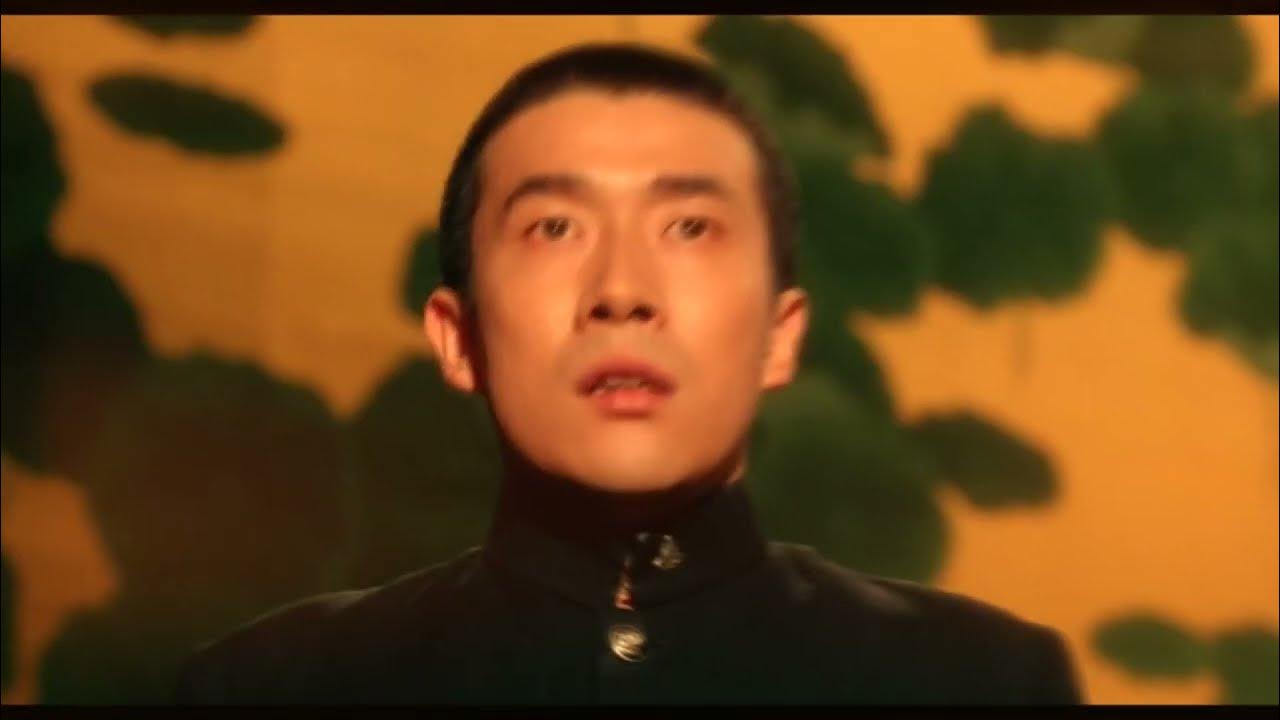
We Learn A Great Deal About The Author Through Segments Dramatizing Books He Wrote
I probably love reading even more than I love watching movies, and I’ve talked about a lot of novels on this website. I’ve ranked Stephen King’s The Dark Tower series, have lovingly talked about August Wilson’s Pittsburgh Cycle, and have gone over movies that are arguably even better than the books that they’re based off of. So, whenever I get an opportunity to turn CinemaBlend into Literaryblend, I’m going to take it.
But, when my love of film is married with my love of literature? Well, then it’s a match made in Heaven, and Mishima: A Life in Four Chapters is the perfect melding of both. Because unlike in most biopics, which take a rather direct approach, A Life in Four Chapters goes in the most unexpected routes imaginable.
Most novelists know that they are essentially writing about themselves when they pen a book, and Mishima: A Life in Four Chapters takes that idea and runs with it by exploring the author through a selection of novels that Mishima actually wrote. The “Four Chapters” in the title are from Mishima’s own books, The Temple of the Golden Pavilion, Kyoko’s House, and Runaway Horses, as well as sections from his autobiographical novel, Confessions of a Mask.
What’s interesting about this approach, though, is that throughout the film, we see flashbacks of the author’s life, and then see segments taken from his novels that correlate with what the author was going through in his life. This paints a picture of how the characters he created were actually stand-ins for himself. What’s so cool about this, is that even though each segment appears to be vastly different, you wind up seeing connections throughout his work that reveal a man who was truly projecting himself through his stories, and possibly in ways that he might not have even realized.
It’s this fascinating approach that truly separates this biopic from other unique films about writers like American Splendor, Fear and Loathing in Las Vegas, and Ed Wood, which also took unconventional approaches with their authors.
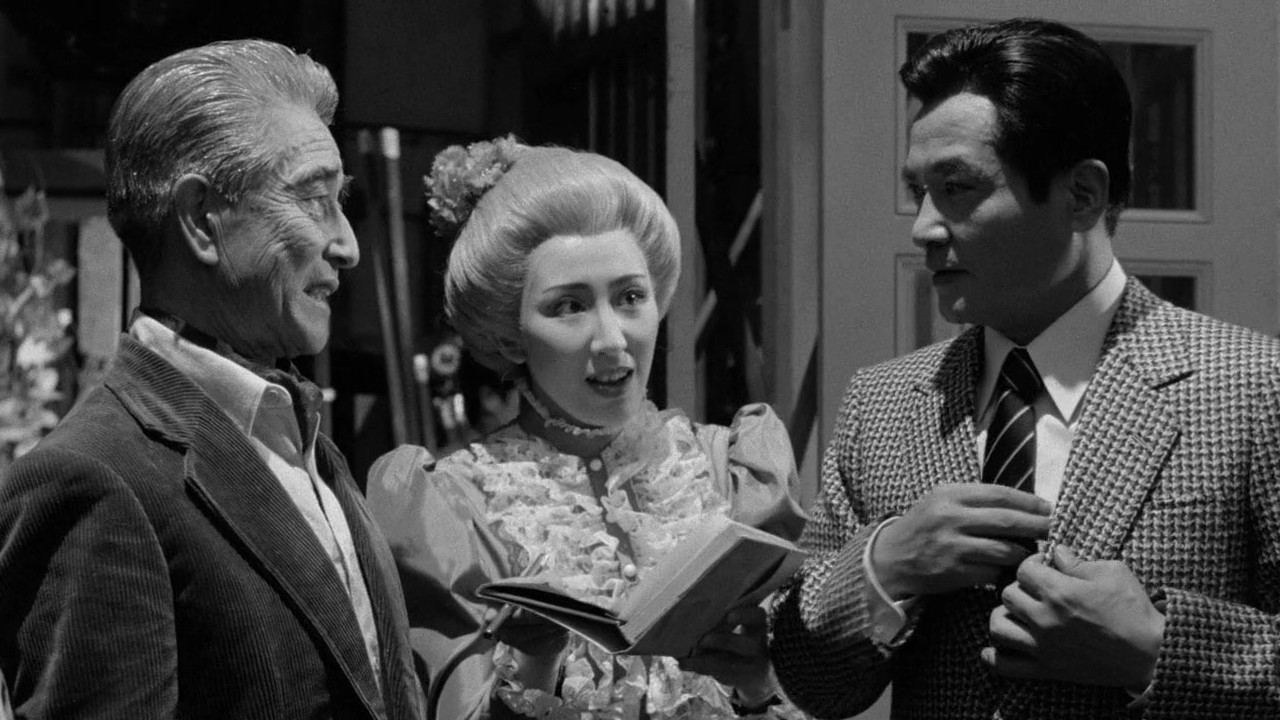
It's Utterly Beautiful On A Stylistic Level
I want you to think about every movie that was nominated for Best Picture at the 2024 Academy Awards. There were some really great ones, such as Oppenheimer (which won, of course), Barbie, and The Holdovers.
But, out of all of the movies nominated that I think will be most remembered in 10 years, I’m pretty sure that Poor Things has the greatest chance. And, it’s not that I think Poor Things was the best movie of last year (I mean, if it was up to me, then Godzilla Minus One should have won Best Picture). But, stylistically, it’s the one movie that I think people will be discussing as genuine art for years to come.
Because it’s just so creative, and visually captivating. Art design goes a long way, and can push movies from being great, to being unforgettable, and Mishima: A Life in Four Chapters is most certainly the latter.
Each book is represented with a drastically different art style that colors in the inner world of its subject matter. With production design from the brilliant Eiko Ishioka, the Kyoko’s House segment takes place in shocking pinks (Almost to Barbie levels), while the Runaway Horses section has a more militaristic orange and black color palette.
Meanwhile, there are also flashback sections shot in black and white, as well as the normal color scenes of the modern day when Mishima and his men took a General hostage in one of the most shocking real-life events that I only learned about because of this movie.
Oh, and the score by Philip Glass is exceptional. Unlike something bombastic or beautiful from the likes of John Williams or Ennio Morricone, the score to Mishima: A Life in Four Chapters is much more subtle, but it’s always changing to suit the story being told on the screen. It’s a dynamic score, and one that adds to the overall artistry of this beautiful motion picture.
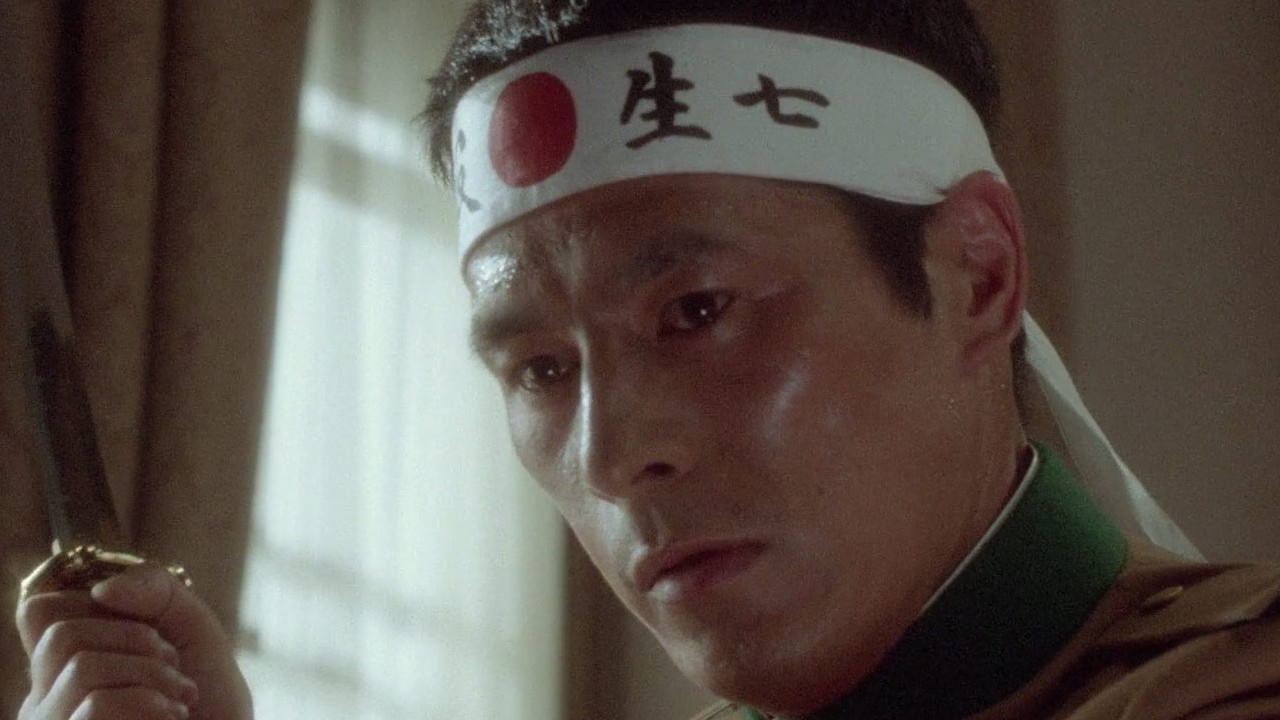
The Movie Does Not Paint The Author In A Positive Light
One thing that I found utterly captivating about this movie is that it in no way paints Yukio Mishima in a flattering light, which might be the reason why the film has never been officially released in Japan.
That said, it’s not like the movie paints him as a bad person, either. It’s a film that shows the author through his work, and tries to perhaps make sense of how he would ultimately form a militia, known as the Tatenokai, which translates to the Shield Society, and overtake the Self Defense Force headquarters in an attempt to restore imperial rule to Japan.
That’s right. Remember when Americans stormed the Capitol on January 6th? Well, this was like that, but way back in 1970. And not only that, but like a scene straight out of the FX series, Shogun, Mishima actually committed seppuku when his plans collapsed.
And, I’m dead serious. These details are shown in great detail, and the movie uses specific scenes from his novels to spell out why Mishima might have been the way that he was, and it doesn’t necessarily paint him out to be an artist. In fact, it actually paints out him to be more of a fanatic if anything.
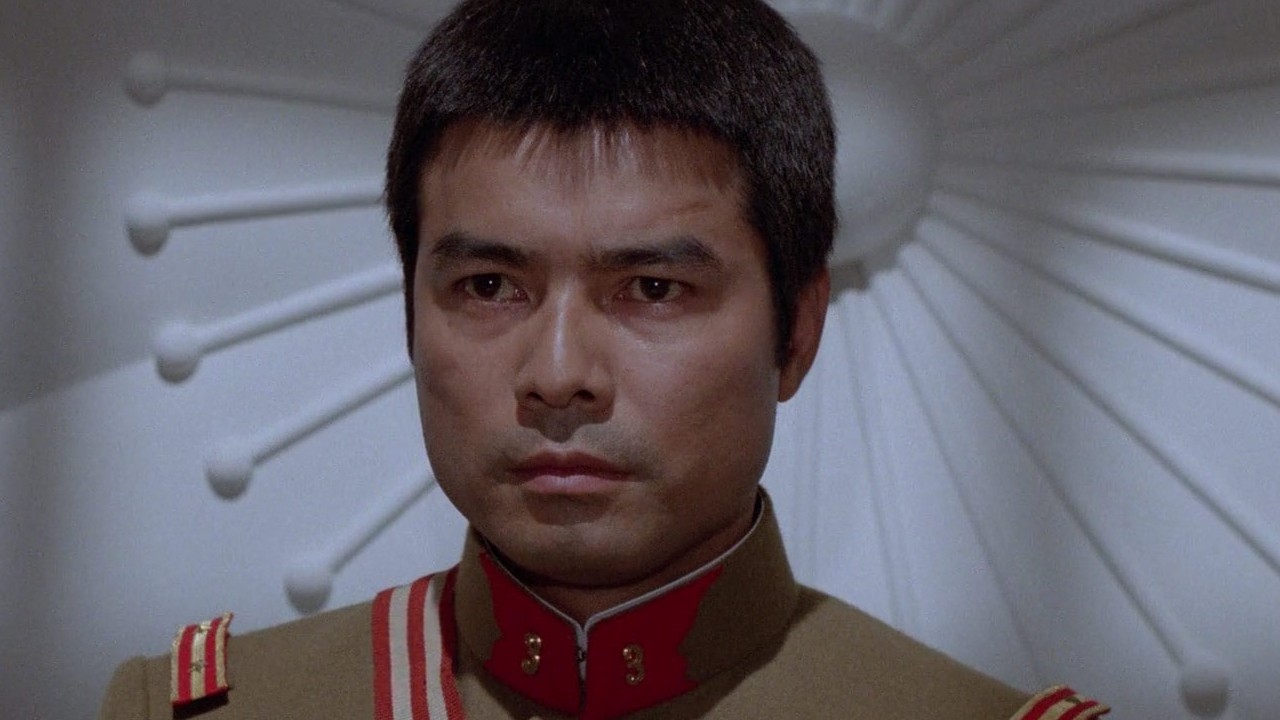
That Said, It Also Makes The Author Incredibly Intriguing, Which Makes You Actually Want To Read His Work
I honestly did not know anything about Mishima until I stumbled upon this movie, but since I’ve seen it, I’ve gone through a number of his books. So far, I’ve read The Sailor Who Who Fell from Grace with the Sea (which was actually made into a 1976 movie with Kris Kristofferson, believe it or not), The Sound of Waves, Forbidden Colors, and I’m making it a point to finally read his The Sea of Fertility tetralogy this summer, which features Spring Snow, Runaway Horses, The Temple of Dawn, and The Decay of the Angel.
And this is the film that truly made me a fan of his work. What’s interesting is that after seeing this movie, I’ve been a deeper reader than I normally would be, as I’ve been trying to pick out where there might be hints of the author revealing aspects of himself in his work.
So, yeah. This is a really great biopic, and I highly encourage any movie fans who also love reading to check out this movie. Who knows? You might just find your next favorite author after watching this flick.
CINEMABLEND NEWSLETTER
Your Daily Blend of Entertainment News
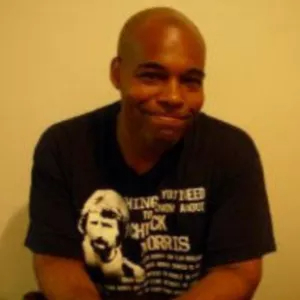
Rich is a Jersey boy, through and through. He graduated from Rutgers University (Go, R.U.!), and thinks the Garden State is the best state in the country. That said, he’ll take Chicago Deep Dish pizza over a New York slice any day of the week. Don’t hate. When he’s not watching his two kids, he’s usually working on a novel, watching vintage movies, or reading some obscure book.
